How accurate is the landing point of Shenzhou-12?
How accurate is the landing point of Shenzhou-12?
The data volume of the live broadcast of Shenzhou-12 landing is unprecedented, and I believe all the experts will enjoy watching it! All the data was broadcast live without reservation, allowing us to analyze the landing accuracy of the Shenzhou-12 spacecraft!
The flower growers found through simple calculations that the accuracy difference between the first landing point prediction and the actual landing point was only 847 meters, which exceeded everyone's imagination. Moreover, as soon as the return capsule landed, the staff immediately came forward to check, which was even more timely than a space shuttle landing!
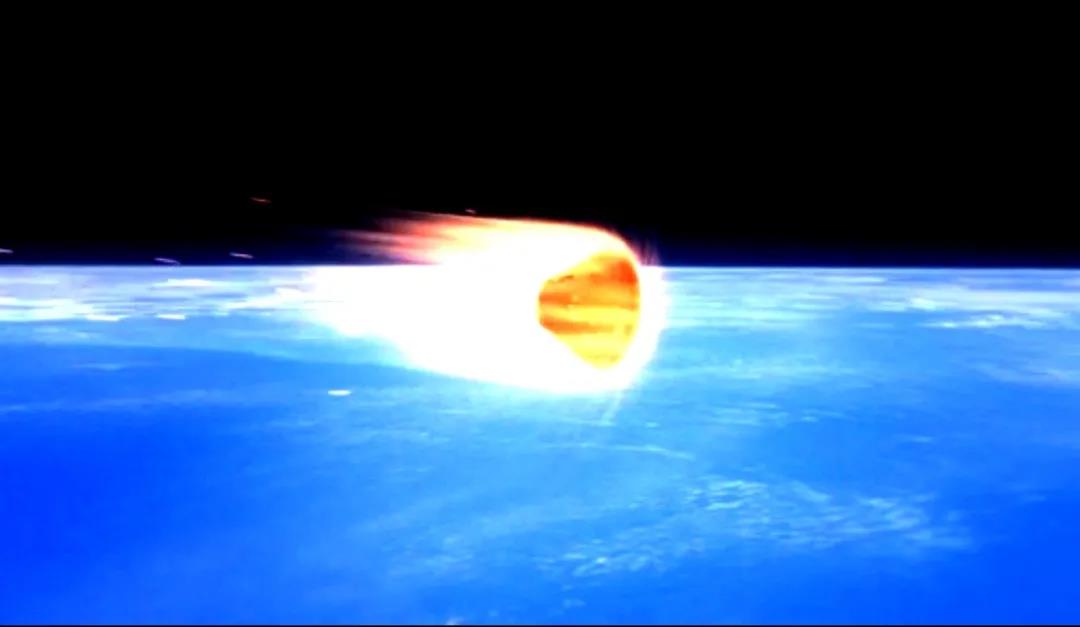
The difference between the forecast and the actual landing point is only 847 meters
At 12:45 on September 17, 2021, the brake engine was turned on, and the return began. In addition to the main engine, the attitude control engine on the side also regularly sprayed flames to ensure the stability of the spacecraft's attitude during braking.
Shortly after the braking was completed, the flight control center's forecast staff provided the predicted landing point coordinates as: 100 ° 04 East longitude; 46'&# 39; North latitude 41 ° 37; 23'&# 39;, Friends who are familiar with geography will know that this latitude is around a certain place in Inner Mongolia, of course, at the Dongfeng landing site!
There are two accuracy forecasts before entering the black barrier and after opening the parachute, and the forecast accuracy after opening the parachute is as follows:
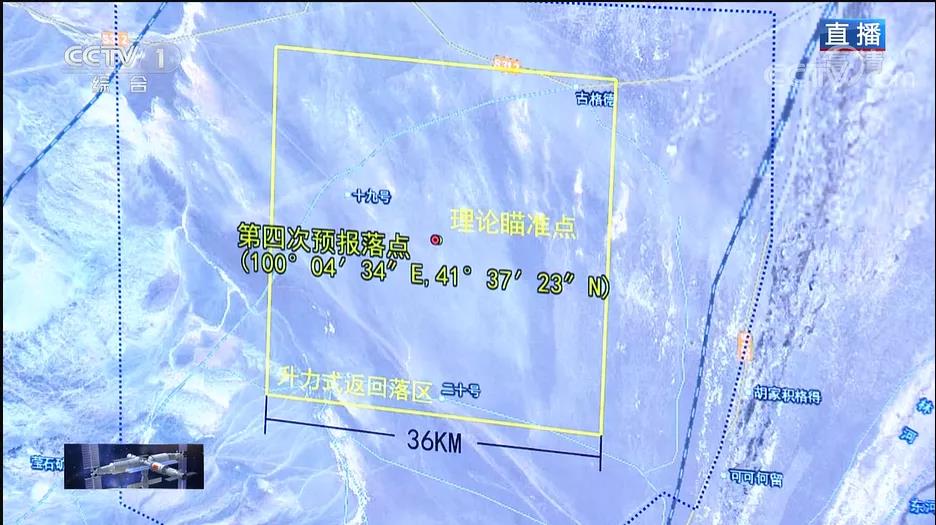
At 13:34:29, the Shenzhou-12 return capsule successfully landed at the Dongfeng landing site. Shortly after landing, the accuracy of the landing point in the forward air search and rescue report was 100 ° 04&# 39; E; 26'&# 39; North latitude 41 ° 37; 46'&# 39;, It seems that the numerical changes are not particularly significant, so what is the difference in accuracy between theoretical and actual forecasts?
For friends who are familiar with the landing of manned spacecraft, the landing accuracy is simply too high! But friends who are not familiar with it must have a question in their hearts. The probability error of the circumference of ballistic missiles can reach tens of meters, and manned spaceflight is still controlled by someone. How could there be such a big gap?
Why is it still said that Shenzhou-12 hit the bullseye with a difference of 847 meters?
In fact, there is a significant gap between the return capsule landing of manned spaceflight and ballistic missiles. First, let's take a look at the process that ballistic missile warheads go through from launch to hitting the target, and what factors affect their accuracy.
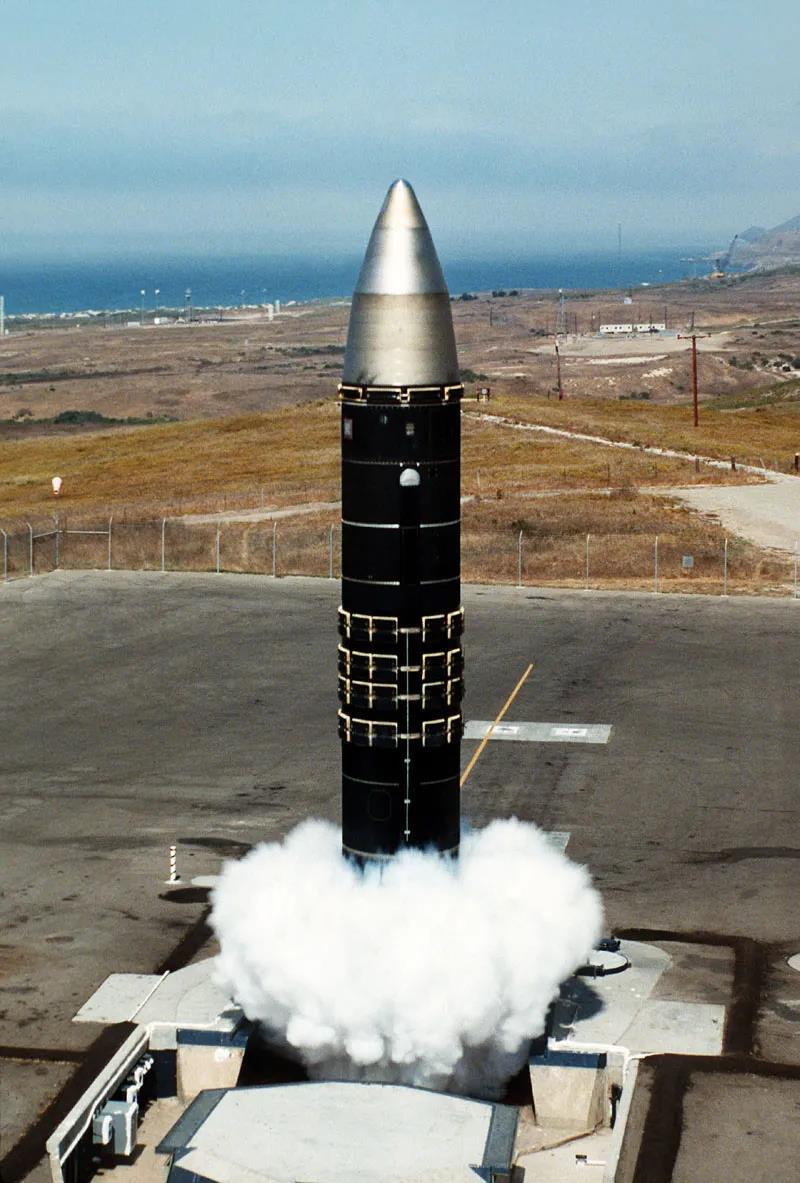
LGM-118 missile
There is not much difference between ballistic missiles and rockets, except that manned spaceflight can achieve a ground speed of 7.9 kilometers per second, while missiles do not. Therefore, they will glide along a parabolic trajectory back to the ground, and the accuracy of their landing point is mainly affected by the guidance method. Generally, the most central device in ballistic missiles is the inertial guided gyroscope, which compares the difference between the initial value and the initial value after departure.
Thus, it can adjust its posture and control the missile to fly towards the target, and various modes such as starlight, GPS, or command guidance can be used along the way. However, once the multiple warheads of the ballistic missile are separated, the accuracy is already determined. The height of the separated warheads of the ballistic missile is relatively uncertain, such as the MIRV (Multi Target Reentry Vehicle) of the LGM-30 Minuteman missile releasing the warhead at an altitude of 157 kilometers.
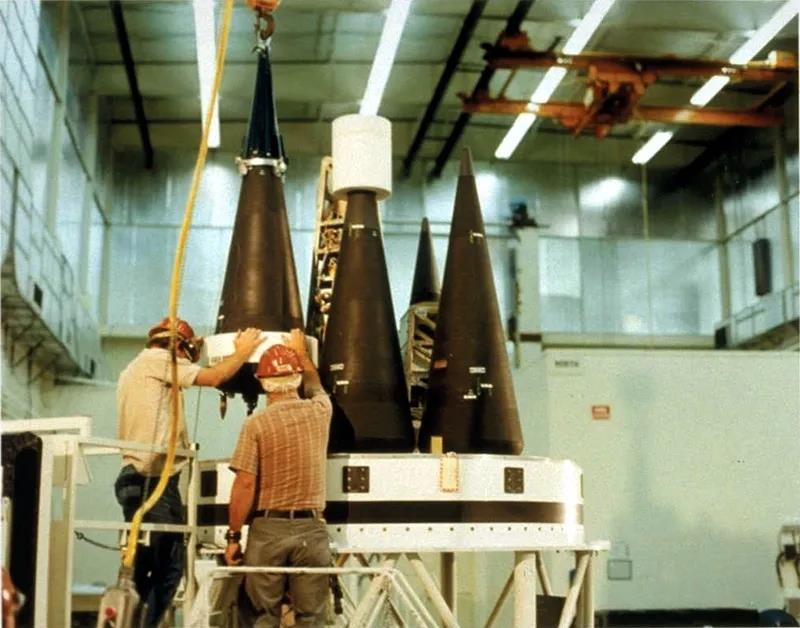
MIRV (Multi Objective Reentry Vehicle)
Afterwards, the warhead is no longer controlled and can directly reach the target in a parabolic trajectory. If there is no special detonation method, the explosion will occur after impact, with a CEP error of within 200 meters. Of course, the highest Pershing II missile can reach 30 meters, which is the same accuracy as a nuclear bomb and is not much different from hitting the center of the target.
What are the differences in the process of manned spaceflight re-entry into the atmosphere?
The essential difference between the two is not significant, both involve re-entry into the atmosphere, and the separation height between the return capsule and the propulsion capsule is almost the same. For example, the separation height of Shenzhou-12 is 145 kilometers. Unlike ballistic missiles, the return capsule also has an attitude control rocket, which can slightly adjust its attitude during the return process. Of course, this also helps with the accuracy of the landing point.
But the biggest difference between the two is that the warhead of the ballistic missile will directly enter the black barrier, and no deceleration mechanism will be provided except for atmospheric friction deceleration. The influence of upper and lower atmospheric airflow on it is relatively small. Therefore, as long as the separation timing is accurate and the warhead posture is precise (usually spinning to maintain stability), the attack accuracy is guaranteed!
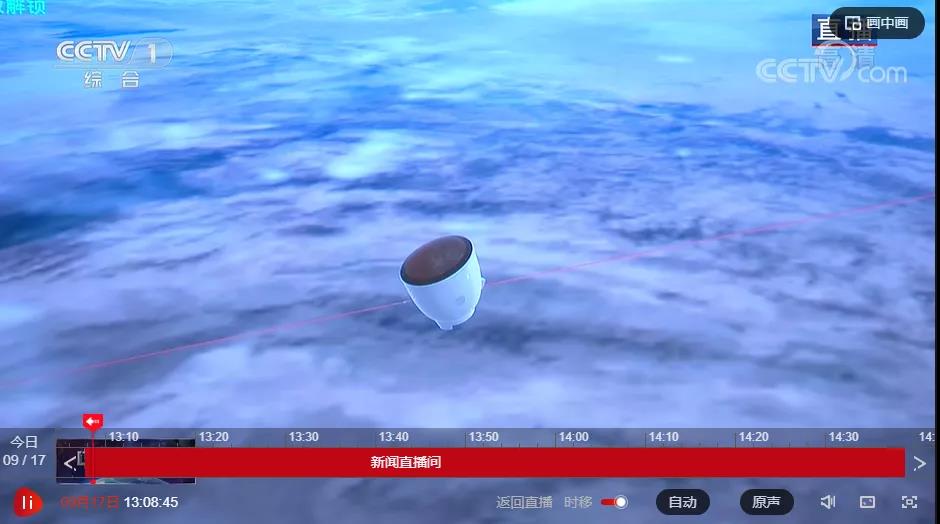
Separation of return capsule and propulsion capsule
But the manned return capsule is not suitable because it cannot spin and maintain stability, and the launch effect during descent controls the attitude. The attachments will affect the launch structure. In addition, the two situations are similar before entering the black barrier. However, after exiting the black barrier, as a manned spacecraft, it will start to slow down, first pop out the guide parachute, then pull out the deceleration parachute, and finally pull out the main parachute after the speed drops. The height of the main parachute opening should be at least 10 kilometers.
From this point on, the impact of high-altitude wind speed and subsequent low altitude wind speed is the greatest, because the huge parachute needs to reduce the speed of the return capsule to around 8-10 meters, which will be affected by crosswinds. Of course, meteorological data is available from separation to landing position, and the predicted landing point also takes these effects into account.
However, considering all factors, the difference from the first predicted landing point to the actual location is only 847 meters, which is a remarkable achievement for the world. Of course, what is even more gratifying is that the return capsule landed at 13:34:29:
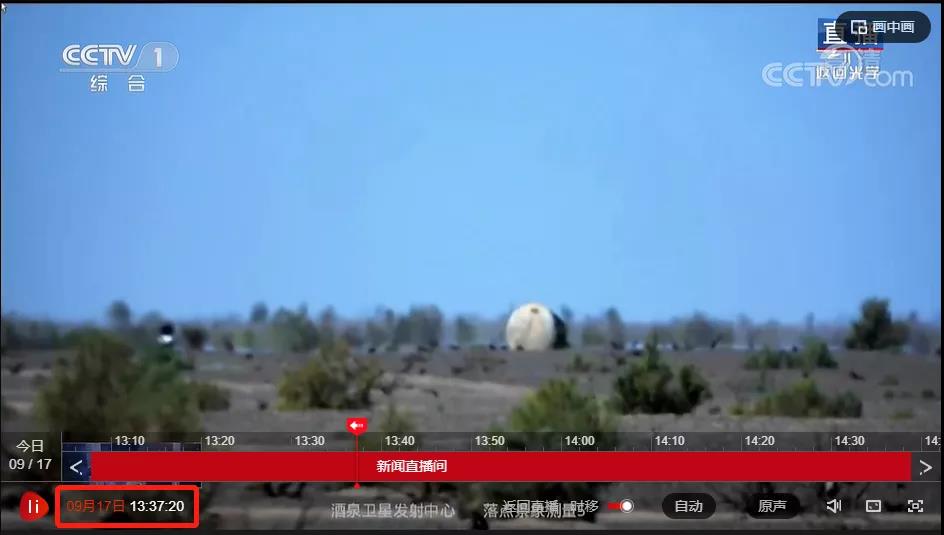
Go to the staff and check at 13:37:23. The two arrived less than 3 minutes apart, almost at the same time as the return capsule. This search and rescue speed is truly rare!
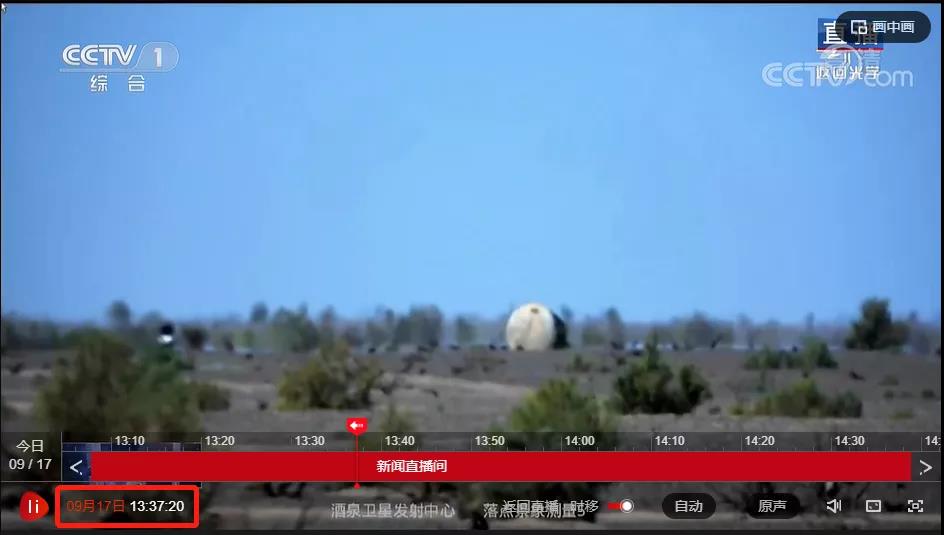
Basically, we can conclude that the data from the Shenzhou-12 return mission indicates that China's manned return technology has reached an unattainable height in the spacecraft series. In order to make further progress in the future, it can only be achieved on spaceplanes. We have already reached the pinnacle of spacecraft technology!
Extended reading: Why can the space shuttle land directly at the airport
The direct landing mode of the space shuttle at the airport without the need for search and rescue is undoubtedly the best, because it is a relatively special flight structure aircraft, the only difference is that it is equipped with rocket engines at the back of the buttocks, while the nose cone at the front is equipped with attitude control engines.
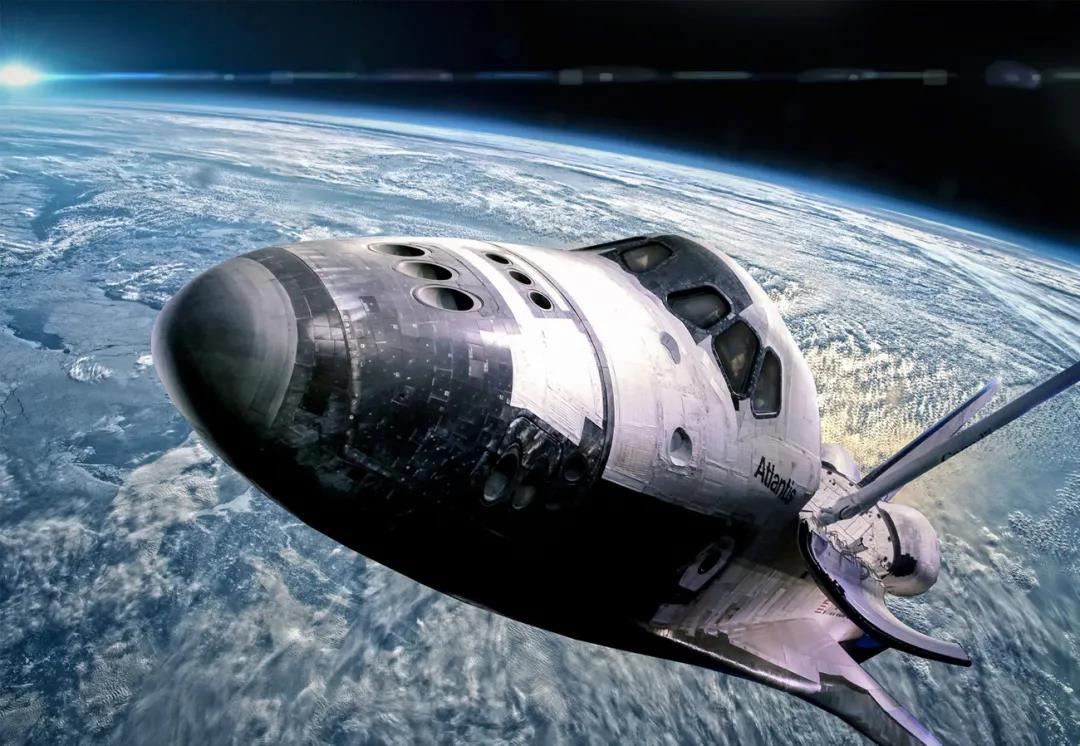
Its wings on both sides can provide lift, and the tail can control direction, but after entering the atmosphere, its engine does not work, and the glide ratio of the space shuttle is relatively poor. Therefore, after determining the landing trajectory, it can accurately align with the airport, but it is also impossible to move significantly laterally.
However, it is still much better than a spacecraft, as it can land directly on the runway, while a spacecraft can only use a parachute with a rocket or cushion to splash down in the wild or at sea. Perhaps the implementation of spaceplanes in the future can improve the search and rescue situation, and I believe this day is not far away!
Source: Guoke Huanyu